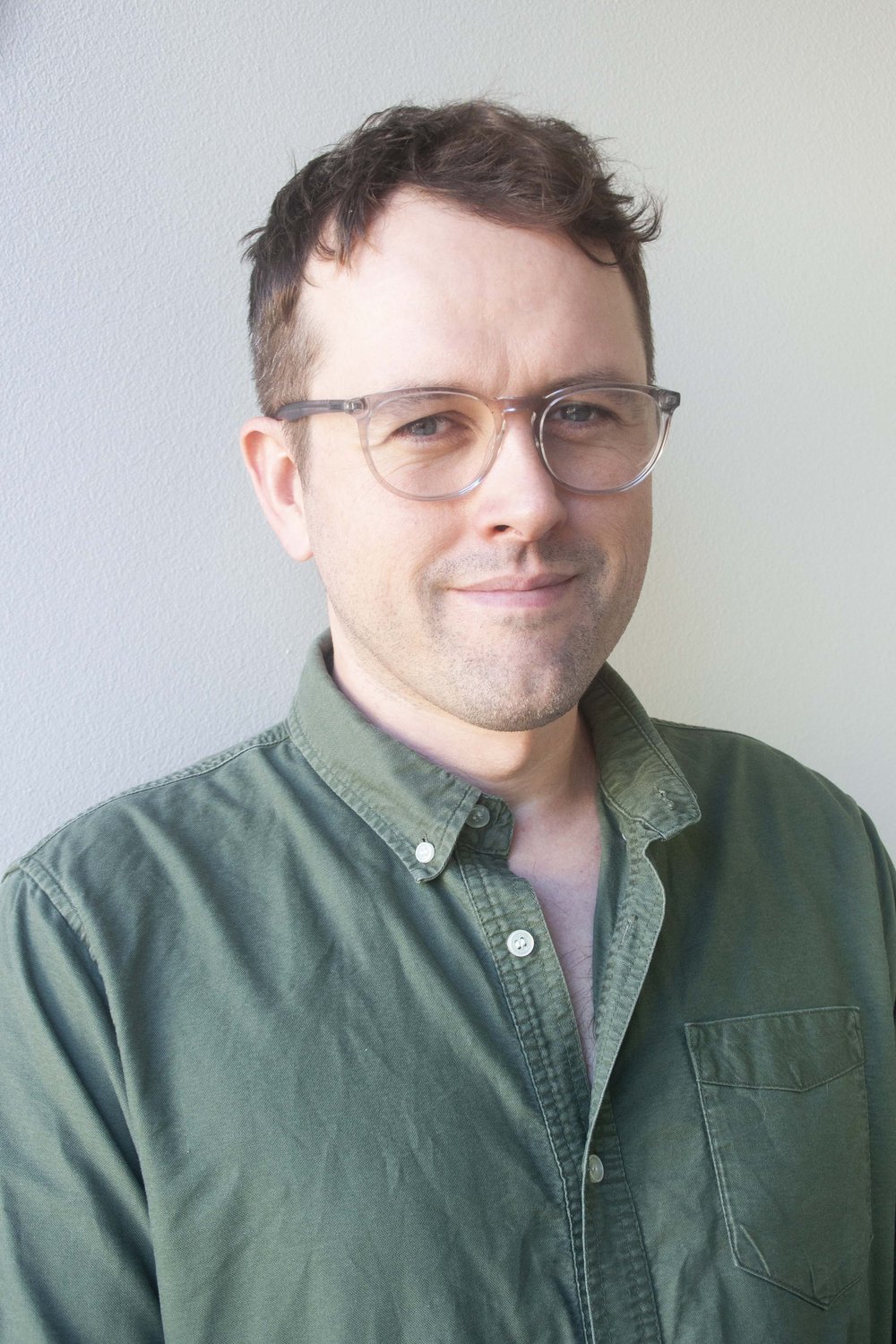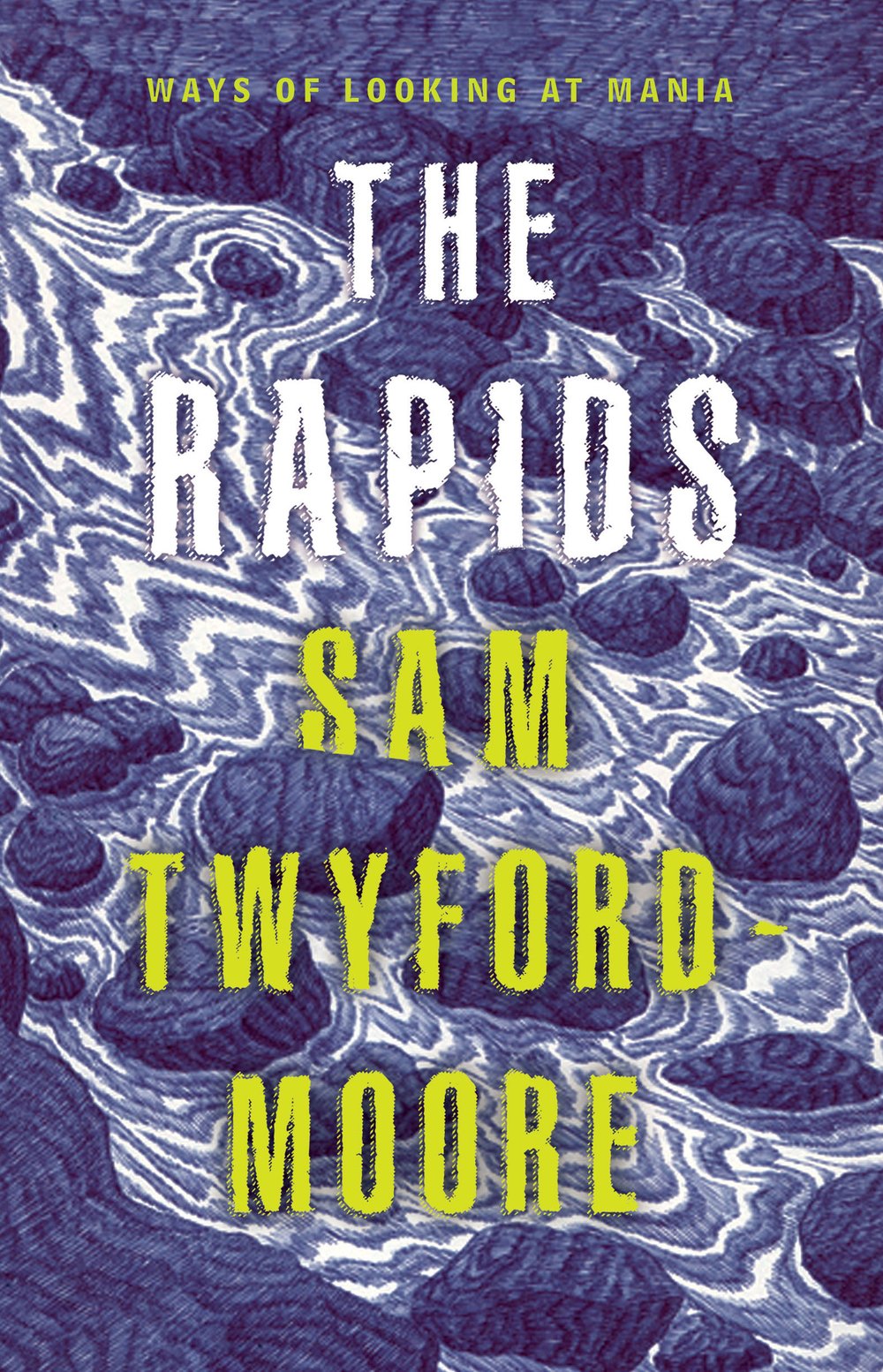Extract from The Rapids: Ways of Looking at Mania by Sam Twyford-Moore
1 One of the very first questions you are asked when a psychiatrist is fumbling towards a ‘bipolar’ diagnosis relates to family history. This is a nod towards the genetic, hereditary nature of the disease, but also a narrative framing device. Who? When? What? How? Why? The line is traceable. And I had it on both sides – it was tangible, and the record was real. One must reckon with this. Mine pointed in two directions – paternal and maternal – a bad-luck genetic gamble that came up ‘manic’ on receipt. This is all just history repeating itself. This is all to say that I had two relatives in my family tree – on either side – who had experienced madness, and potentially mania, of some form during their lifetimes. Both had been dead for decades by the time I was born. I have been written into existence by those who came before me. My genetic code contains their flaws – theirs are mine, mine theirs. Are we in this together?
2 As a child, I was, to put it mildly, obsessed with Walter Murch’s Return to Oz, the unexpected 1985 sequel to the MGM classic musical. Murch – who remains best known as Francis Ford Coppola’s go-to editor on films like The Conversation and Apocalypse Now – hardly seemed an obvious choice to direct the sequel, which forgoes musical numbers for a deeper engagement with the mythology of L Frank Baum’s bizarro series beyond the original novel. The film flopped on release in the cinemas, barely earning back half its budget, which was largely attributed to its inappropriate-for-children dark edges. I watched it over and over on VHS when it hit video stores, perhaps too young. The film, released in my year of birth, captured my childhood imagination like no other. The villainous henchmen in the film – the Wheelers – inspired me to go around the house holding a rolling pin between my two hands, using it to wheel across the linoleum floors. I would try to screw people’s heads off like the bad witch Mombi.
When it was first put on for me, however, my grandparents were in the room, watching along. My grandfather left the room deeply upset somewhere within the first act. The film opens on the familiar Kansas farmhouse, where the young Dorothy Gale lives following the destructive tornado that has put her family’s welfare in jeopardy. She’s disturbed, and this, along with her constant retelling of the fantastical stories of ‘Oz’, has her Aunt Em and Uncle Henry deeply concerned. In the first film the explanation for Oz is found in the fact that Dorothy is dreaming, combined with likely trauma to the head from the tornado, which supposedly transports her to the imagined city. But in Return to Oz, and according to Aunt Em, Dorothy is having trouble sleeping. So, instead, she is lying awake, having wide-eyed lucid dreams about her memories of Oz.
They chance upon an advertisement in the newspaper which promises an ‘electrical cure’ and, with a loan from another aunt, take Dorothy away for treatment. The treatment, of course, is a primitive form of electroconvulsive therapy, or ECT.
My grandfather left the room in distress because his mother, Lily May Twyford, had been admitted to the psychiatric hospital in Callan Park and was given the same treatment in his youth. He never spoke of the matter. Who knew a children’s film would elicit such a response?
In thinking about writing this book, I tried to follow leads to find out the truth – Callan Park burnt many of their patient records in the 1970s – but I kept coming back to the uncomfortable fact that I didn’t know what happened.
The hospital operated in Rozelle under the name The Callan Park Hospital for the Insane until 1914. Then it became the Callan Park Mental Hospital until 1976, when it was finally shortened to Callan Park Hospital. I would, eventually, come to work next door at the NSW Writers’ Centre. The office window would look out onto the grounds of the hospital, which was now used for the Sydney College of the Arts. Ghosts surely roamed about, but I never saw them on my lunch breaks.
3 Let the dead lie, and all that. The only information I could prise out of my relatives about Lily was that she was hospitalised for ‘hysteria’ following a complicated hysterectomy. This felt like shorthand for something else entirely – smoke and mirrors. But I couldn’t find records to prove otherwise. I didn’t know the truth, and many people with a hereditary mental illness do not know this either. If this feels underwritten and fleeting, I have to ask, ‘Have I not done the work, not performed my job?’ That’s likely to assume I didn’t set myself this task. There are things you simply can’t know and dead ends truly are dead in some cases. To not go out and find what really happened and to simply say, ‘I do not know’ is its own kind of truth. Regardless, I wish to leave the question quietly hanging in the air.
Sam Twyford-Moore’s book The Rapids: Ways of Looking at Maniawas published by NewSouth in August 2018.



